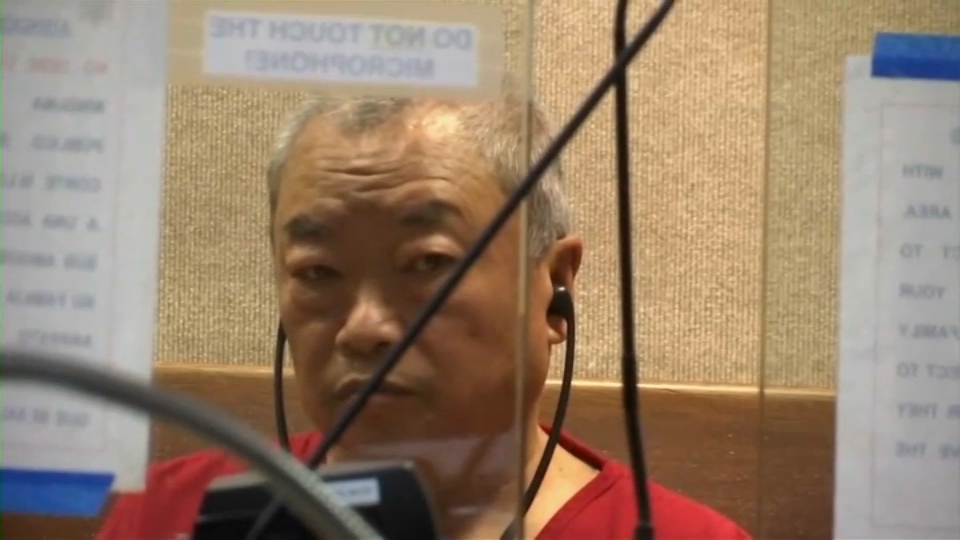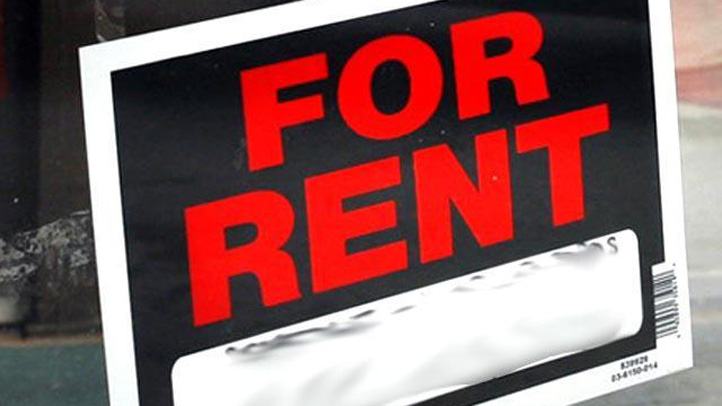Change has always been a difficult pill to swallow. There's probably no place on the globe where proposed change can spark a more dust-clearing brawl than in San Francisco. Take the Embarcadero Freeway.
It took an earthquake to settle the issue. The Loma Prieta quake on October 17, 1989, downed the freeway. But twenty years later, emotions still run strong.
Ever since it was built in the '50s, that beast of a double-decker freeway running along San Francisco's waterfront created plenty of critics. The calls to tear it down kicked up even before the freeway was done, which is why it ended abruptly at Broadway -- instead of winding its way to the Golden Gate Bridge as its makers envisioned.
"It was a monster in front of us," says Tom Stinson, whose waterfront restaurant, Sinbad's, once lived in the shadow of the freeway. "Its useful purpose was certainly ugly and an eyesore to anybody who would've visited this city."
San Francisco's mayor at the time, Art Agnos, wanted to tear the freeway down, a measure voters had rejected in the '80s. Agnos met with resistance from merchants in North Beach, Chinatown and Fisherman's Wharf, who worried tearing down the freeway would turn away visitors who used it to slip easily in and out of the area.
The Embarcadero Freeway sustained heavy damage in the 1989 quake. Agnos saw his opportunity to finally tear down the freeway. But he found plenty of resistance.
"Here was this hideous, forty-foot high double decker freeway that the highway department wanted to repair with a $60 million retrofit," said Agnos.
Local
In Chinatown, business owner May Louie was enlisting troops to try and save the freeway, which she saw as a vital artery to Chinatown. She founded the Chinatown Merchants Association, signing on 50 businesses and traveling to the White House to try and enlist Federal support.
"It's a direct link to Chinatown," Louie recalled arguing at the time. "For practical reasons, retrofitting is a fraction of the price. Why waste all the taxpayers money?"
In the end Agnos's vision won out, but narrowly. The San Francisco Board of Supervisors voted 6-5 to go along with Agnos' plan. In 1991, the freeway came down.
"It was a very controversial decision that ultimately people realize was the best one," said Agnos.
Louie, now retired and in her 80s, still debates the decision.
"I asked a lot of restaurant owners -- they say their business went down 30 percent after the freeway was torn down,"she said.
In place of the concrete and steel beast, a palm-tree lined Embarcadero now winds along the Embarcadero. Colorful F-line trains skirt past chic restaurants and new hotels. Joggers pass the lunchtime crowd who line the water's edge, gazing at the Bay Bridge.
The Ferry Building has transformed into a world class destination for foodies. And to the South, the demise of he Embarcadero opened the waterfront, paving the way for AT&T Park.
Stinson stands in front of his restaurant taking in the flurry of life on the Embarcadero.
"I see many restaurants that have opened up and thriving as a result of it," he said. "I see lots of people enjoying the opportunity, the sunshine."



